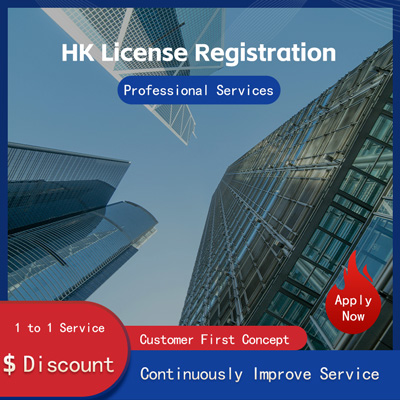
Liner vs. Charter Shipping Differences and How Businesses Can Choose
The Differences Between Liner Transport and Charter Transport and the Choice for Enterprises
With the continuous development of international trade, liner transport and charter transport have become important ways for enterprises to choose. These two transportation methods have obvious differences in terms of transportation mode, cost, flexibility, etc. This article will analyze how enterprises choose these two transportation methods based on recent relevant news.

I. The Differences Between Liner Transport and Charter Transport
1. Transportation Mode
Liner transport is a traditional sea transportation method where shipping companies transport goods to their destinations according to predetermined schedules and routes. This method usually requires prior reservation of cargo space, and the handling, storage, and transportation of goods are all handled by the shipping company. On the other hand, charter transport allows the cargo owner to sign a charter contract with the shipping company as needed, arranging the loading and unloading of goods and transportation independently. This method is more flexible and can be adjusted flexibly according to market demand and the characteristics of the goods.
2. Costs
The costs of liner transport typically include port fees, transportation fees, agency fees, etc., where port fees are usually collected by docks and customs departments, while transportation fees are determined by shipping companies based on cabin space and routes. In contrast, the costs of charter transport are mainly negotiated between the shipping company and the charterer, including rent, insurance fees, docking fees, etc., which are relatively more flexible.
3. Flexibility
Liner transport usually follows predetermined schedules and routes, so its flexibility is relatively low. Charter transport, however, can be adjusted flexibly according to market demand and the characteristics of the goods, making it better suited to adapt to changes in the market.
II. How Enterprises Choose
When choosing between liner transport or charter transport, enterprises need to consider various factors such as transportation costs, time, flexibility, safety, etc. Here are some suggestions
1. Evaluate Needs and Objectives
First, enterprises need to evaluate their needs and objectives, determining the type of goods to be transported, destination, and time, among other factors. Based on these factors, enterprises can select an appropriate transportation method.
2. Compare Costs and Benefits
The costs and benefits of liner transport and charter transport differ. Enterprises need to compare the costs and benefits of both methods, including freight, insurance fees, docking fees, etc., as well as transportation time and safety factors. Based on the comparison results, they should choose the most suitable method.
3. Consider Flexibility
Charter transport has higher flexibility, allowing adjustments according to market demand and the characteristics of the goods. For enterprises that need to respond flexibly to market changes, charter transport may be more suitable.
4. Consider Partnerships
Enterprises can also consider establishing partnerships with shipping companies or logistics companies to jointly respond to market changes. Through cooperation, enterprises can obtain more support and guarantees, improving transportation efficiency and quality.
Conclusion
In summary, liner transport and charter transport differ significantly in terms of transportation mode, costs, and flexibility. When choosing between these two transportation methods, enterprises need to comprehensively consider multiple factors such as needs and goals, costs and benefits, flexibility, safety, etc. By comparing and analyzing, they can choose the most suitable method to enhance their competitiveness and market adaptability.
Still have questions after reading? More than 98,000 users have contacted us. Please fill in the following information to obtain business information.

Next Article
9710 Cross-border E-commerce Export Tax Rebate Policy Explanation and Operation Guide
Jun 20, 2025Service Scope
MoreRecommended for You
- Overseas Influencer Blacklist Lookup Guide 2 Tools to Help You Avoid Risks
- What Is TK123? The Must-Have Tool for TikTok Sellers
- How to Use Facebook Dynamic Ads Campaigns? A Guide to Creating Dynamic Ads
- Optimizing Sales Strategies for the Back-to-School Season in Overseas Student Markets
- Japan E-commerce Market Analysis and Keyword Research Tool Recommendations
- What Is the Amazon High Return Rate Tag? How to Avoid Being Tagged?
- Amazon Marketing Platform Levanta Analysis
- Amazon Low-Price Store Product Search Guide
- A Comparative Analysis of KOLs and KOCs in Overseas Influencer Marketing
- How Can MercadoLibre Sellers Achieve Explosive Sales Growth?
- Top 10 eBay Data Analysis Tools Recommended
- Common Japanese Search Engines Abbreviated List
- Ozon Russia E-commerce Platform Entry Requirements Analysis
- How to Run Google Shopping Ads for Independent Websites? Detailed Step-by-Step Analysis
- The Future of Amazon Prime Day 2025 Amazon Sale Event Dates
- 2025 LinkedIn Ads Guide Full Process Analysis Optimization Tips
- Etsy Platform Intro, Seller Onboarding Fee Breakdown
- Process for Establishing a Local Mexican Store on Mercado Libre Mexico
- How to Apply EU Rep Label?
- EU GPSR Overview and Its Impact on Exporting Goods to the EU


 ONE
ONE
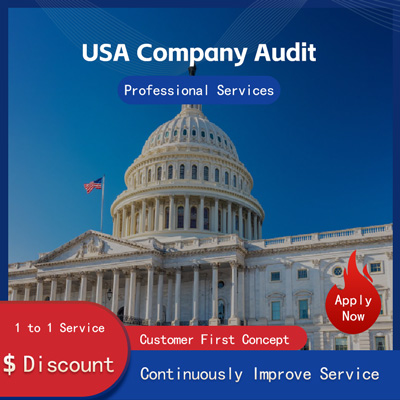
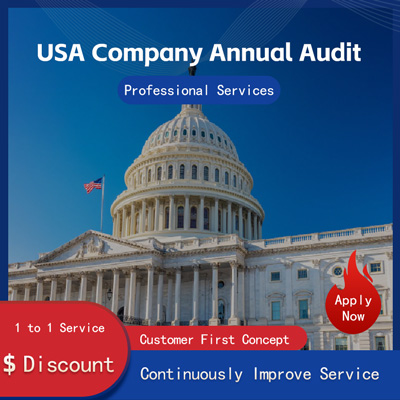

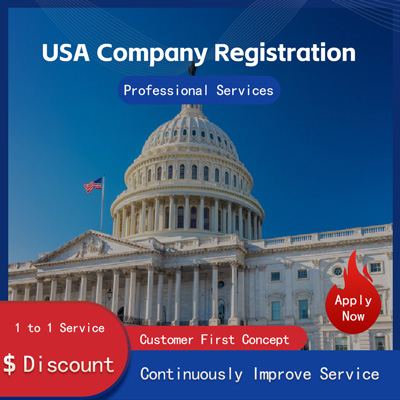
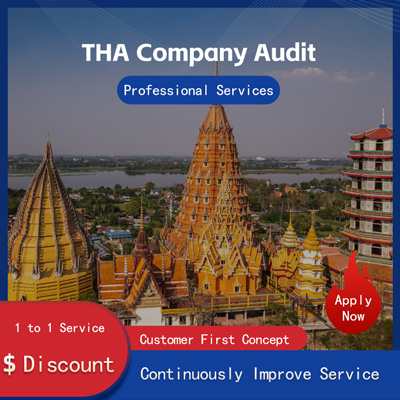
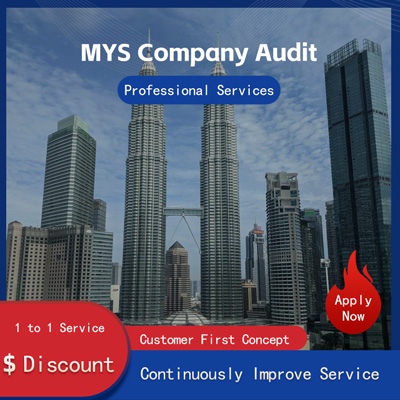
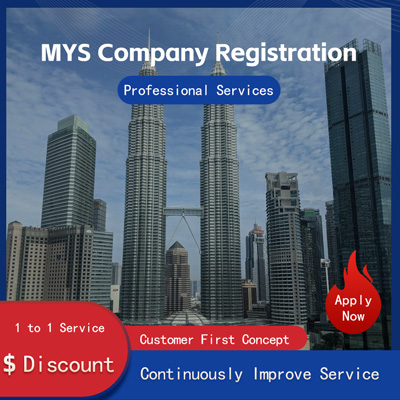
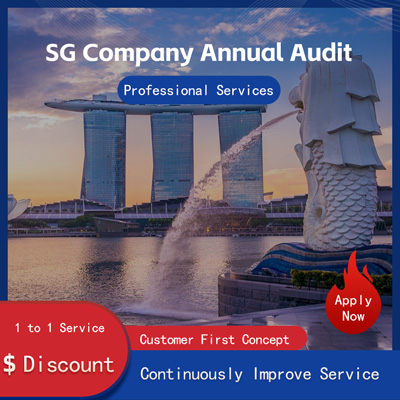
Customer Reviews
Small *** Table
December 12, 2024The experience was very good. I was still struggling to compare it with other companies. I went to the site a few days ago and wanted to implement it as soon as possible. I didn't expect that everything exceeded my expectations. The company is very large, with several hundred square meters. The employees are also dedicated and responsible. There is also a wall of certificates. I placed an order on the spot. It turned out that I did not make a wrong choice. The company's service attitude is very good and professional. The person who contacted me explained various things in detail in advance. After placing the order, the follow-up was also very timely, and they took the initiative to report the progress to me. In short, I am very satisfied and recommend this company!
Lin *** e
December 18, 2024When I first consulted customer service, they recommended an agent to me. They were very professional and patient and provided excellent service. They answered my questions as they came in. This 2-to-1 service model is very thoughtful. I had a lot of questions that I didn’t understand, and it’s not easy to register a company in Hong Kong. Fortunately, I have you.
t *** 7
December 19, 2024I originally thought that they only did mainland business, but I didn’t expect that they had been doing Hong Kong business and were doing very well. After the on-site interview, I decided to ask them to arrange the registration of my Hong Kong company. They helped me complete it very quickly and provided all the necessary information. The efficiency was awesome. It turns out that professional things should be done by professionals.👍
b *** 5
December 16, 2024In order to register a company in Hong Kong, I compared many platforms and stores and finally chose this store. The merchant said that they have been operating offline for more than 10 years and are indeed an old team of corporate services. The efficiency is first-class, and the customer service is also very professional.